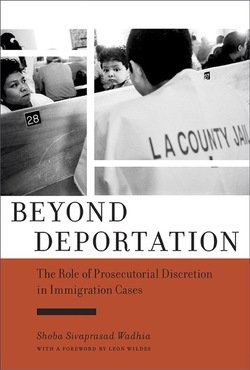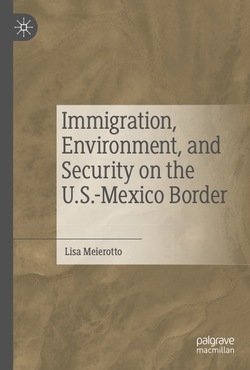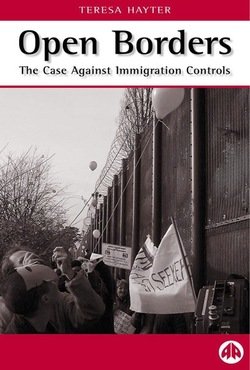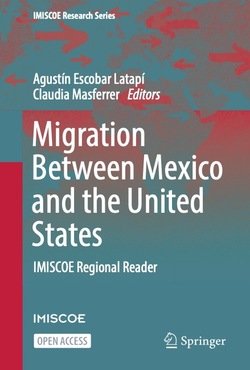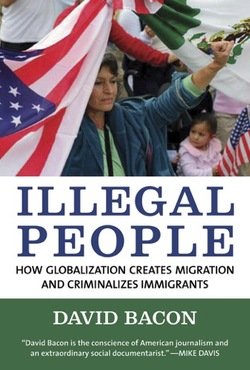By Anna O. Law
This book assesses the role of the federal judiciary in immigration and the institutional evolution of the Supreme Court and the U.S. Courts of Appeals. Neither court has played a static role across time. By the turn of the century, a division of labor had developed between the two courts whereby the Courts of Appeals retained their original function as error-correction courts, while the Supreme Court was reserved for the most important policy and political questions. Anna O. Law explores the consequences of this division for immigrant litigants, who are more likely to prevail in the Courts of Appeals because of advantageous institutional incentives that increase the likelihood of a favorable outcome. As this book proves, it is inaccurate to speak of an undifferentiated institution called "the federal courts" or "the courts," for such characterizations elide important differences in mission and function of the two highest courts in the federal judicial hierarchy.
Cambridge, UK; New York: Cambridge University Press, 2010. 282p.



